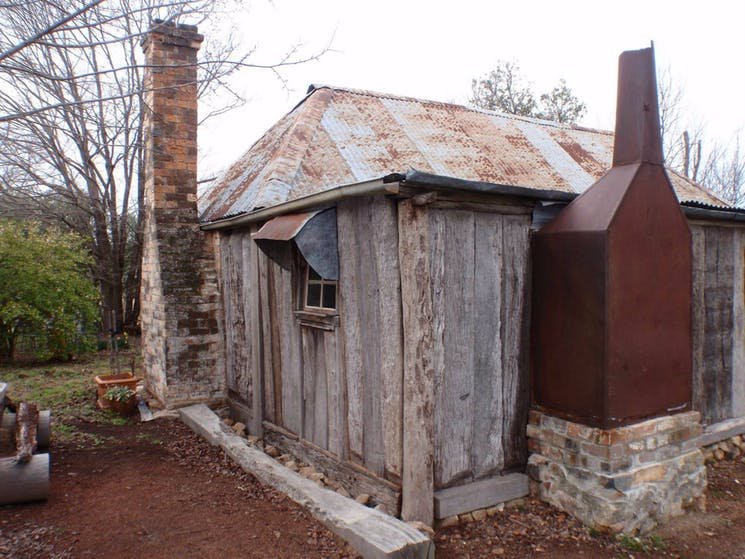Do an image search for ‘architecture in movies’ and the results you get back are a largely predictable survey of what most people (and probably most architects) would think of when prompted by the term: sci-fi cityscapes and mega-sets going right back to Metropolis (1927), or some species of ‘high architecture’, typically brutalism or clinical modernism. Utopias and dystopias.
Finding good traditional and vernacular architecture and design on screen, on the other hand, is not something you can do with a simple google search. It’s more of an incidental treasure hunt: occasionally coming across an interesting facade or design detail in something you happen to be watching for unrelated reasons. Unsurprisingly, these finds tend to come not from sci-fi films or big budget spectaculars, but from historical movies and documentaries. I have a small collection of screenshots of buildings from such sources, with nothing in common other than that something about them caught my eye. Unfortunately I saved many of them with titles like ‘dfwfkigwhx’ so don’t always remember where they came from!
From an unknown film.
From Robert Eggers’ The Witch (2015).
From an unknown documentary.
From an unknown documentary.
This painterly scene from one of Sergio Leone’s The Man With no Name trilogy of films (I forget which- probably The Good, the Bad, and the Ugly) is a clear homage to Vermeer’s The Milkmaid.
Johannes Vermeer’s The Milkmaid
Architecture on screen can either be real buildings, or buildings that are built as ‘props’ for a film or television production and so are generally not fully functional. There is also the category of buildings in historical parks, which might be genuine historical buildings relocated from elsewhere, or modern but faithful and complete reconstructions. There is an overlap here: historical theme parks are sometimes used to film movies or television programs, and historical movie sets are sometimes opened to the public, for example the set of ancient Rome built for the TV series Rome at Cinecitta Studios, also in Rome. Toei Movie Village in Kyoto, Japan was intended from its inception to operate both as a movie set and theme park, often at the same time.
Set of the TV series Rome
Toei ‘Movie Village’ in Kyoto, Japan.
Part of the appeal of what you might call ‘set’ architecture is that it presents us with buildings that no longer exist in the world, either because they would be illegal to build, or because there is simply no demand for them. Unencumbered by codes, regulations, or popular taste, vernacular architecture on screen is ironically more ‘authentic’ and beautiful than anything you will find in real life in many places. Perhaps ‘Go into the movies’ is good advice not just for young actors!


















































































